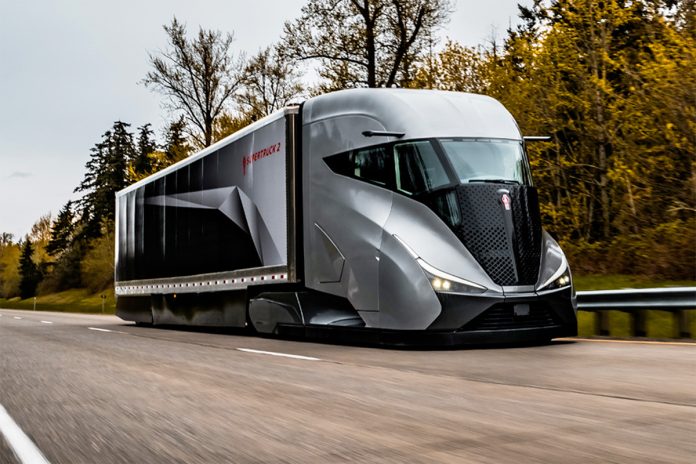Kenworth has unveiled its new SuperTruck 2 at the Advanced Clean Transport expo in Las Vegas, showcasing an impressive leap in fuel efficiency and design. This vehicle, the product of a six-year project with the US Department of Energy (DoE), marks a significant step forward in the quest for more efficient freight transportation without abandoning diesel as the primary energy source.
Project background and goals
The SuperTruck 2 project aimed to achieve a 100% improvement in freight efficiency compared to Kenworth’s 2009 T660 model, which was considered the most fuel-efficient truck in the industry at that time. Kenworth General Manager Jim Walenczak announced that the SuperTruck 2 not only met but exceeded this goal, achieving an efficiency improvement of up to 136%.
This remarkable feat was accomplished by enhancing fuel efficiency to 12.8 miles per gallon (18.4 liters per 100 kilometers) and reducing the overall vehicle weight by over 7,000 pounds (3,175 kilograms). This combination allows the truck to haul more payload while maintaining ultra-fuel efficiency.
Aerodynamic enhancements
One of the key factors contributing to the SuperTruck 2’s efficiency is its advanced aerodynamic design. The truck features a sleek, bullet-train-like appearance with a central cockpit offering a panoramic view, a narrowed nose, and a sloped forehead. Additional design elements include low skirts and fully enclosed wheels, which significantly reduce air resistance.
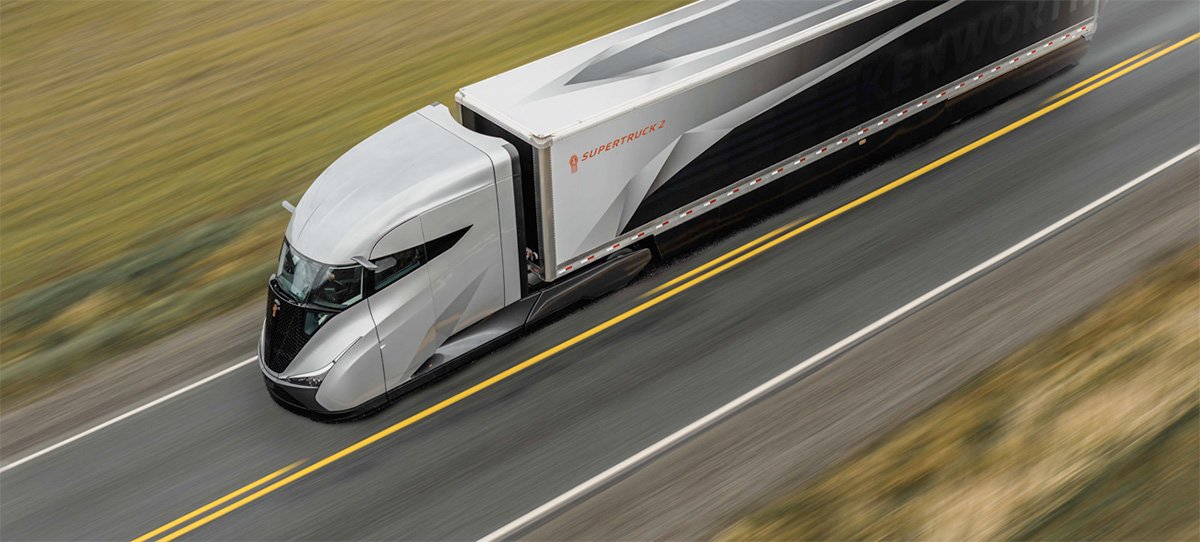
The traditional side mirrors have been replaced with slim camera stalks equipped with night vision capabilities, further reducing drag. The truck also features variable-height suspension, enabling it to lower itself on smooth highways. These combined aerodynamic improvements result in a 48% reduction in drag.
Weight reduction
Kenworth achieved substantial weight savings through the use of lightweight materials and design optimizations. The SuperTruck 2 tractor and trailer together weigh in at 26,100 pounds (11,839 kilograms), a reduction of 7,100 pounds (3,221 kilograms) from earlier models. This weight reduction is complemented by the use of low-rolling-resistance tires, enhancing overall efficiency.
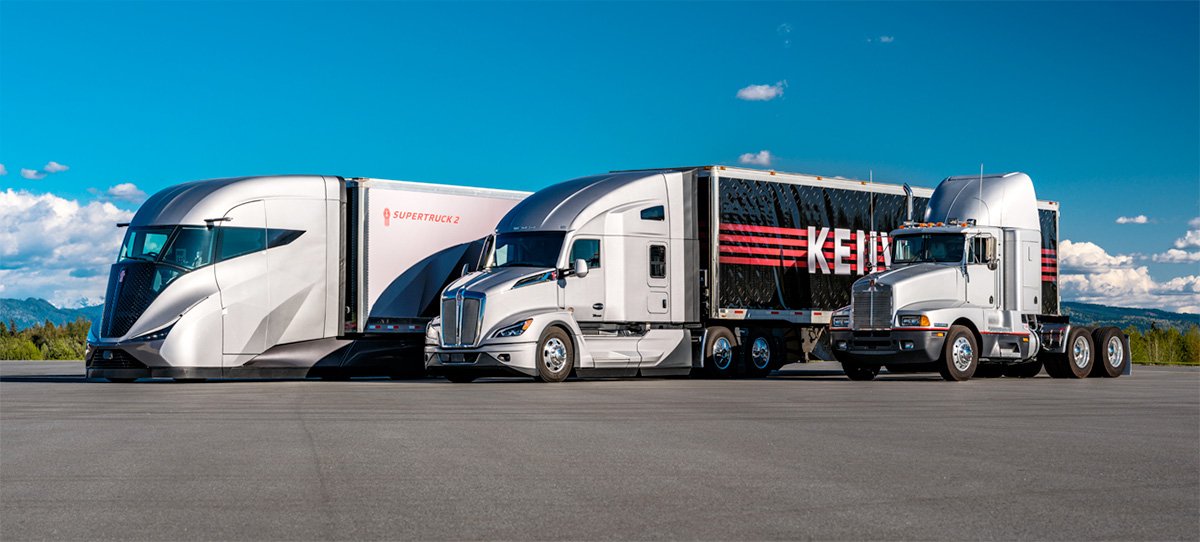
Powertrain innovation
The SuperTruck 2’s powertrain is a standout feature, combining a PACCAR MX-11-based diesel engine with a TX-12 automatic transmission and a 48-volt electric generator. This mild hybrid system uses regenerative braking to charge its lithium batteries. The electric system powers various components, including fans, steering, coolant, heating, and air conditioning, which traditionally draw mechanical power from the engine.
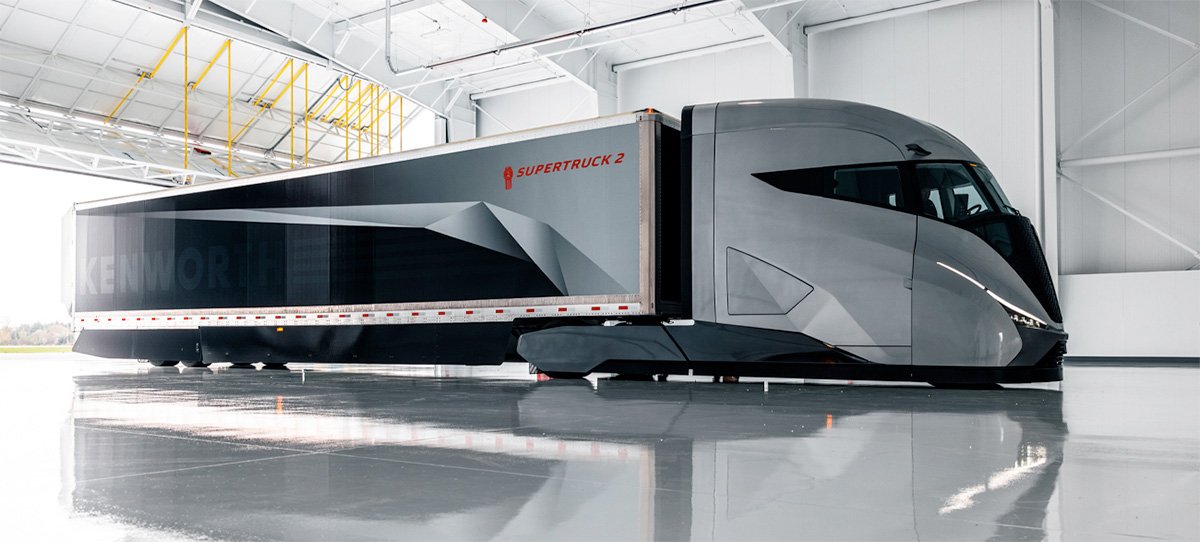
In bench tests, this powertrain achieved a record 55.7% engine efficiency rating. For context, modern diesel engines typically operate at around 47% efficiency. This improvement represents a significant advancement, with potential production models offering a 10% fuel efficiency boost.
Future prospects and challenges
Despite its impressive performance, the SuperTruck 2 is not slated for production. Instead, it serves as a dynamic demonstrator of what the future of Kenworth might look like. Design Director Jonathan Duncan emphasized the importance of pushing beyond a demonstrator truck to envision future advancements in truck design and efficiency.
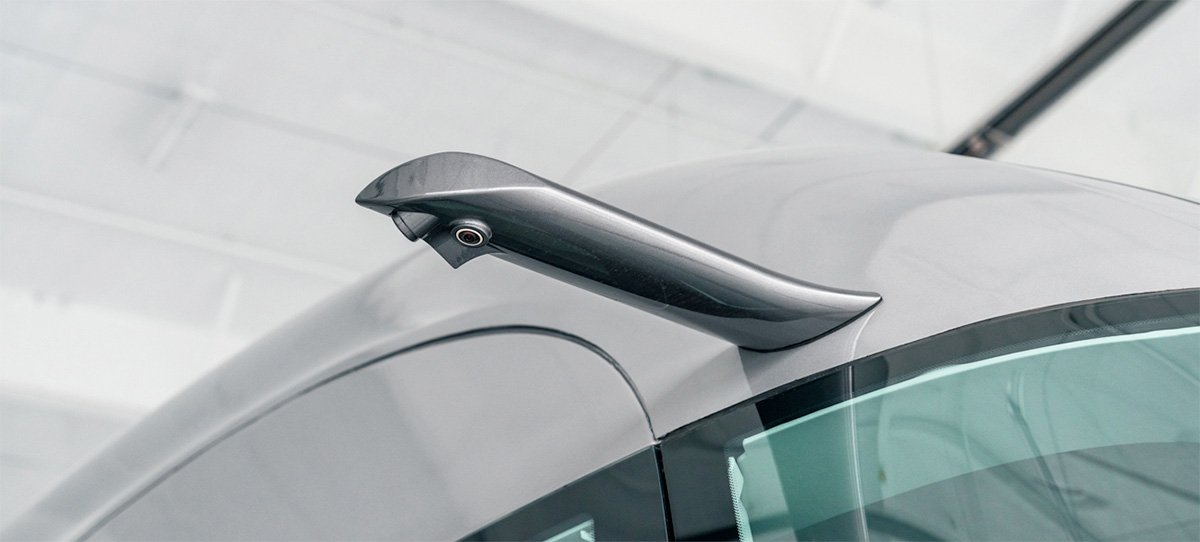
Kenworth is also preparing for future technologies, designing the SuperTruck 2 to be powertrain-agnostic. This means it can accommodate battery-electric or hydrogen-fuel-cell-powered drive systems. Kenworth is actively working on these technologies, including a 10-unit pilot program for fuel cell trucks in partnership with Toyota and the T680E electric vehicle with a 396 kWh battery and a 150-mile range. However, these models still fall short of the 500-mile range of competitors like the Tesla Semi.
Industry impact and market potential
The SuperTruck 2 project, funded and supported by the DoE, allowed Kenworth to start with a clean slate and design a truck focused solely on extreme efficiency. While this specific model won’t enter production, the technologies and design principles developed during this project will influence future commercial designs.
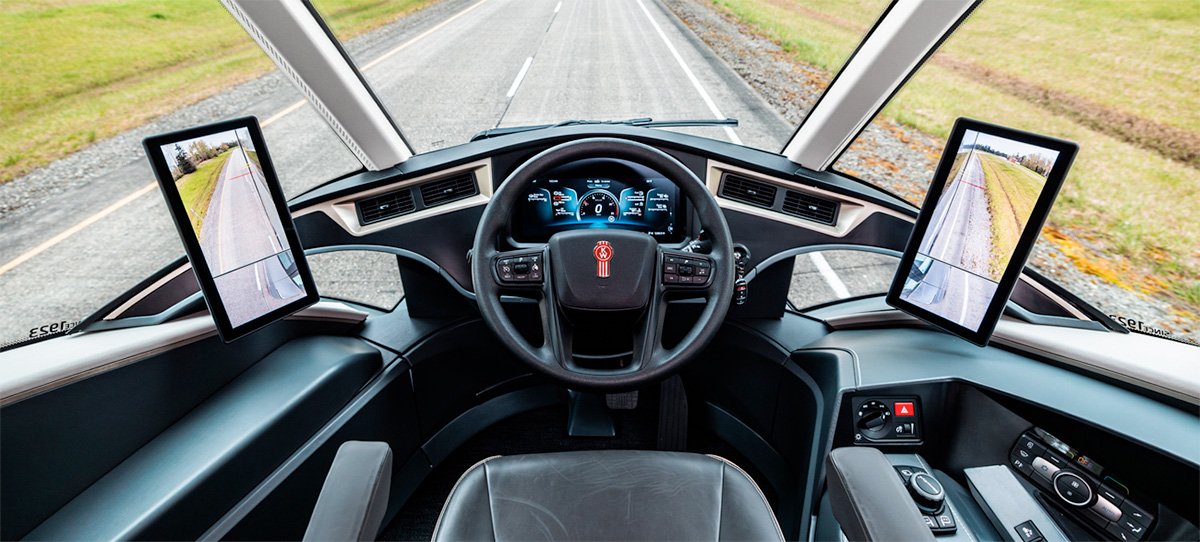
Fuel costs are a significant expense in the trucking and logistics industry. Any technology or design that can reduce these costs will likely attract considerable interest from fleet operators. The innovations demonstrated by the SuperTruck 2 suggest that there is substantial potential for more efficient, cost-effective freight transportation solutions in the near future.
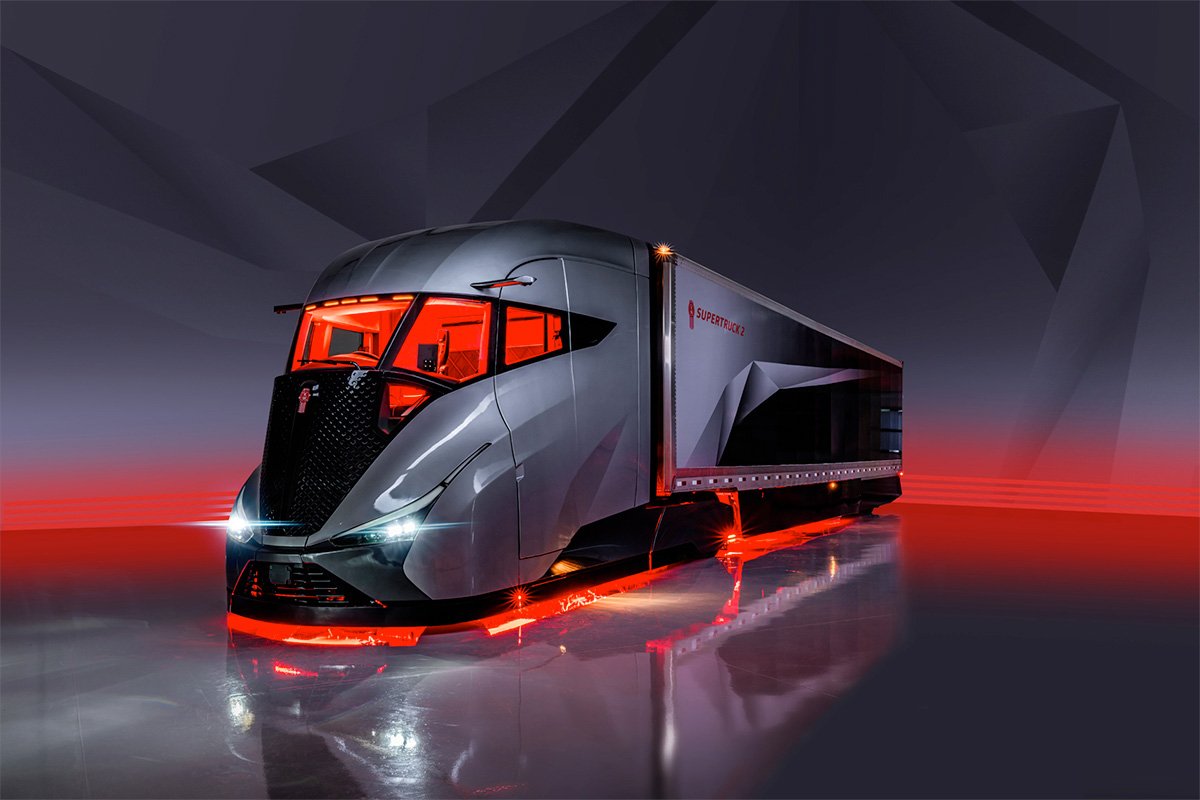
Source: Kenworth

